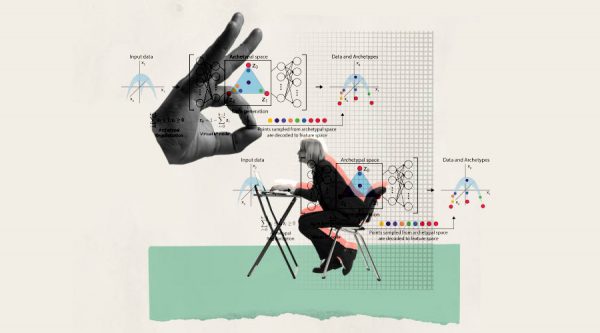A framework that supports the machine learning lifecycle is called MLFlow. It says that it offers the ability to save models, load the model into production code, create pipelines, and monitor your model during training and execution.
Platforms like MLflow have emerged as the standard choice for managing the machine learning lifecycle for many data scientists, ensuring a seamless transition and experience. It is a well-liked open-source framework for managing the ML lifecycle. A central model registry, experimentation, deployment, and repeatability are all included.
MLflow is used by, among others, Facebook, Databricks, Microsoft, Accenture, and Booking.com. There are no libraries required for the platform. It offers a set of straightforward APIs that we can use with any existing machine learning software or library, such as TensorFlow, PyTorch, XGBoost, etc. It can be used by laptops, standalone applications, or the cloud.
In order to help you, this article will look at a few intriguing MLflow options and go through their features and capabilities.
Neptune
A MLOps metadata repository is called Neptune. It aids in the tracking of experiments and model registries for data scientists and ML engineers.
The platform consists of:
Record, display, compile, and assess the results of machine learning experiments.
In a model registry, trained models and model-building metadata are versioned, stored, managed, and accessed.
Machine learning model training, evaluation, and production runs are being recorded and watched in real-time.
Sagemaker on Amazon
All steps of machine learning (ML) development, including model registry, are managed using Amazon SageMaker. The SageMaker model registry enables you to manage model approval status, maintain model versions, link metadata like training metrics, and catalogue production models.
By registering a model, Amazon SageMaker creates a model version and group. It is possible to register an inference pipeline using containers and variables. Make new version models using the AWS Python SDK.
Kubeflow
Machine learning (ML) processes on Kubernetes may be deployed in an easy-to-use, scalable, and portable manner thanks to Kubeflow. On heterogeneous infrastructures, the platform offers a streamlined technique for implementing the best open-source machine learning algorithms. It is a Kubernetes machine learning toolset.
AI Verta
Verta AI operates a centralised model registry where it organises and distributes machine learning models.
The Verta AI system enables tracking of changes in code, data, configuration, and environment in addition to version control tools for ML projects. To confirm the model’s compliance and robustness, review the audit record. We can use this platform for the duration of a model’s life cycle.
Comet
Data scientists may track, contrast, decipher, and improve experiments and models using Comet, a self-hosted and cloud-based meta-machine learning platform. Comet provides data and insights to construct more reliable, more accurate AI/ML models while boosting team productivity, collaboration, and visibility. Comet is supported by users and Fortune 500 companies including Uber, Autodesk, Boeing, Hugging Face, AssemblyAI, and more.
Machine Learning in Azure
A cloud-based MLOps platform called Azure Machine Learning automates and streamlines every step of the ML lifecycle, including model upkeep, deployment, and monitoring. Azure also comes with the following MLOps capabilities:
Make ML pipelines that are reproducible.
To train and deploy models, provide reusable software environments.
Models can be registered, packaged, and deployed from anywhere.
Data governance for the full lifespan of ML.
Send out notifications for ML lifecycle events.
Check ML apps for operational and ML-related issues.
Utilize Azure Machine Learning and Azure Pipelines to fully automate the ML lifecycle.
ModelDB
A platform for organising ML model versions, data, and experiments is called ModelDB. Your machine learning models are more reproducible using ModelDB. You may also use it to exchange findings, organise your machine learning experiments, and create performance dashboards. Finally, it monitors models in real time and tracks them throughout their entire lifecycle, including development, deployment, and monitoring.









